Arts & Crafts Hardware
Yanked, pulled, slammed—the bits of metal, wood, and glass that allow drawers and doors on cabinets and furniture to operate smoothly at the touch of a hand are overlooked works of art.
Consider the glass cabinet knob. Often sold for mere pennies and popular for at least a century, these simple 1" knobs may be fluted, ribbed, hexagonal, or octagonal. The glass may be cheap or finer cut glass, and tints cover every color of the rainbow. And there’s milk glass.
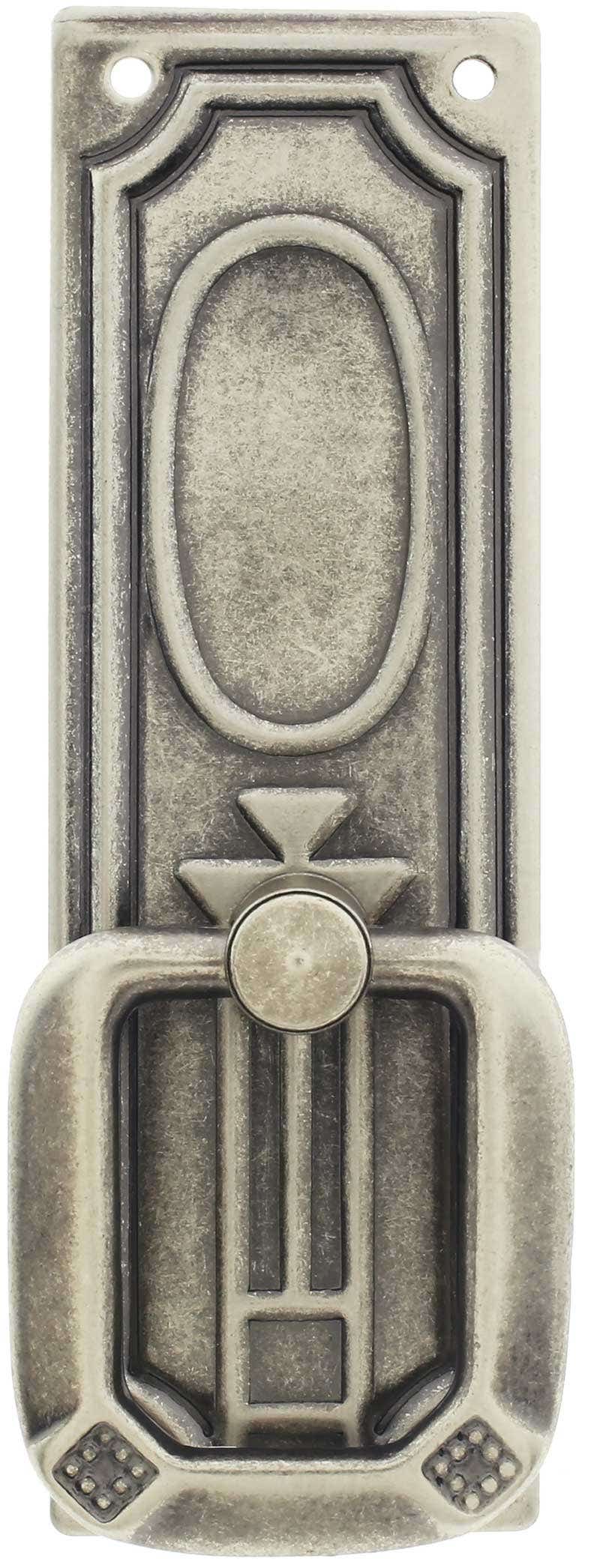
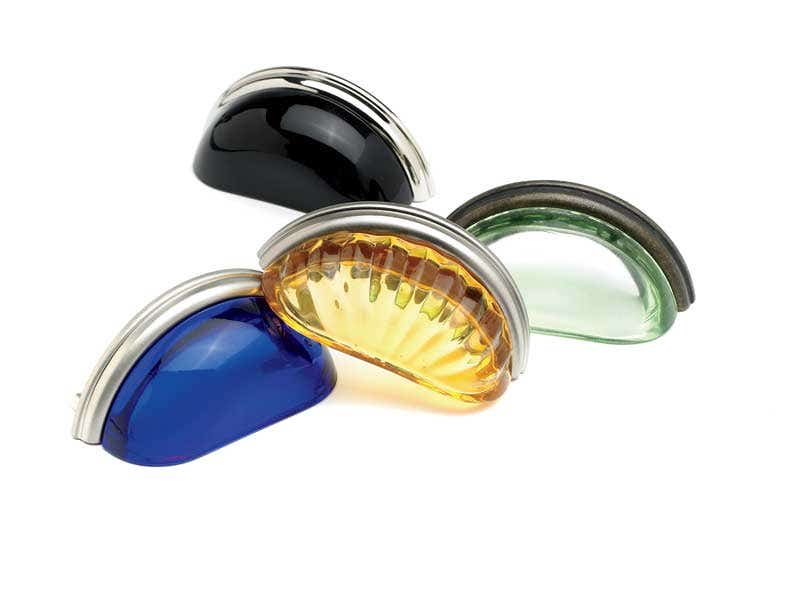
Whether simple or highly decorative, the cabinet knob is just one type of hardware essential to a kitchen cabinet or Stickley sideboard. Consider, too, bin and drawer pulls, hinges and latches, even appliance pulls. Given the abuse it takes, it’s not surprising that kitchen hardware tends toward the utilitarian. Because of the sheer number of pulls and knobs a large kitchen demands, simpler designs often work better visually: Imagine the effect of a dozen recumbent lizard pulls or lumbering bear knobs on a bank of cabinets or drawers, and you get the idea. That said, if your cottage has fewer drawers and open shelving, you’ll feel free to indulge in miniature ginkgo-leaf knobs or twig-shaped pulls.
Furniture hardware has always been more refined: the two-piece bail pull versus the one-piece bin pull; hammered copper strap hinges instead of stamped-brass surface hinges. Not that some forms aren’t endlessly versatile. When built-in cabinetry moves so easily from the kitchen and bath to the bedroom and dining room, who is to say what’s appropriate?
When it comes to cabinet knobs, the simpler styles include those glass knobs as well as the round, square, and pyramid shapes typical of the period. Decorative knobs appear in wood, metal, porcelain, ceramic, or a mix of materials, with surface treatments that include embossing or engraving, hand-painting, and enameling. Decorative shapes range from demure rounds and squares to mini sculptures that look more like jewelry than hardware—a three-dimensional cluster of peaches, for example, or a hand-painted trout.
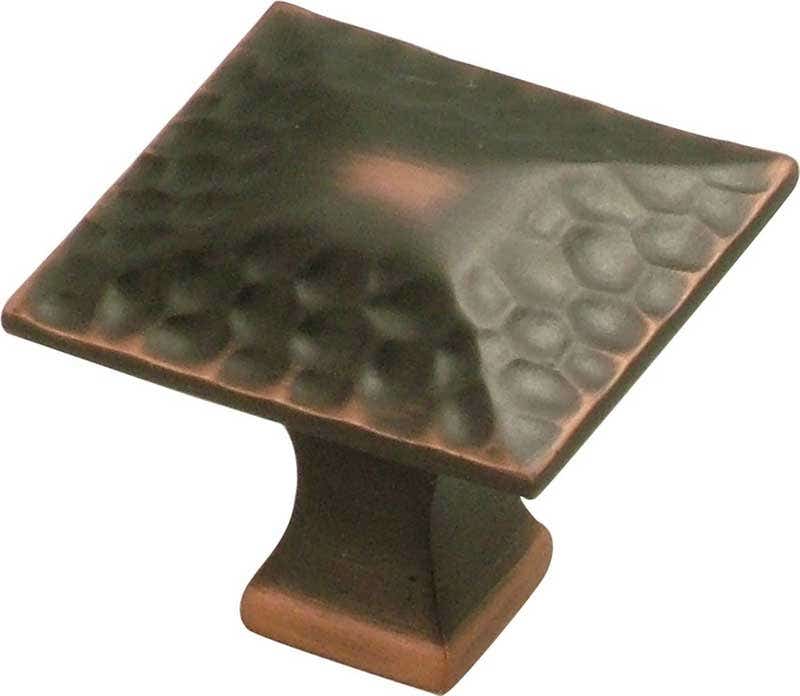
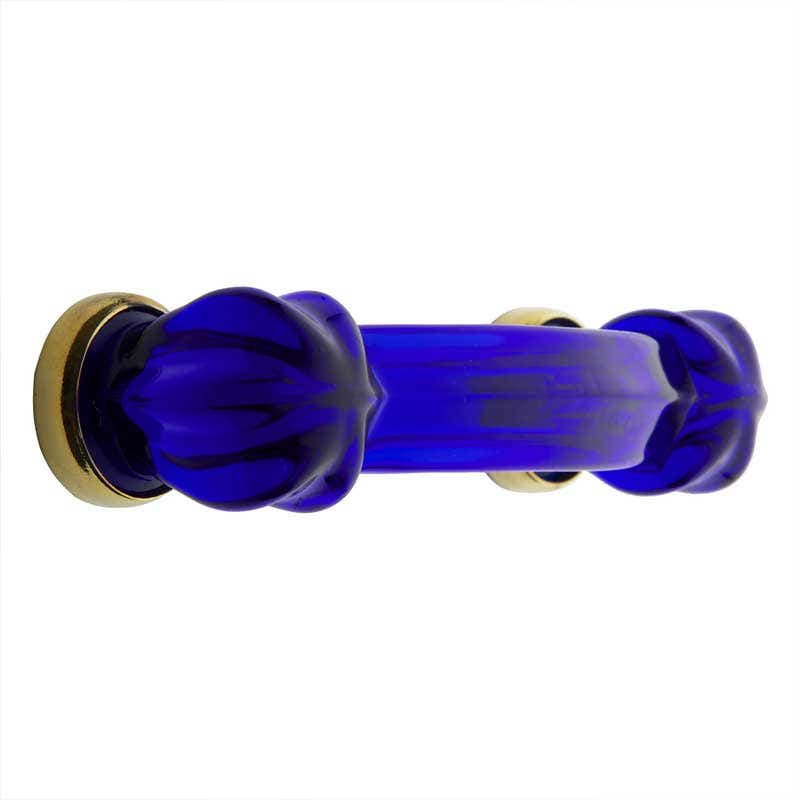
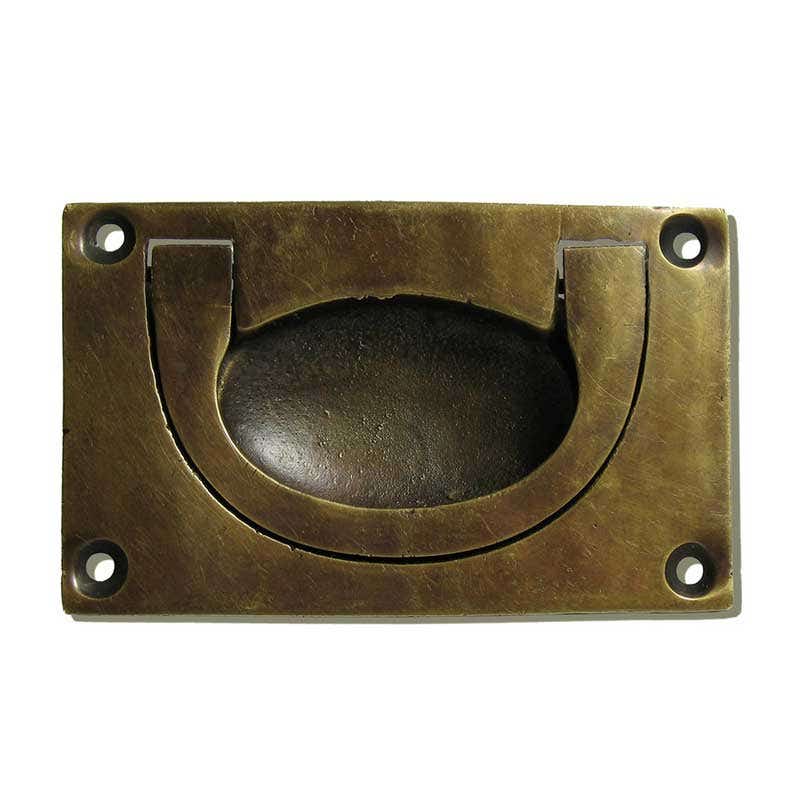
Three familiar types of pulls are the bin pull, bail pull, and drawer pull. The inverted cup shape of the bin pull has been a standard in kitchens and offices since the Victorian era. While they are usually metal—brass is classic, but they can be found in iron and bronze, too, in every finish from nickel to verdigris—period bin pulls also were made of clear, tinted, or ribbed glass.
The bail pull is a two-piece construction, with a metal back plate and a U-shaped pull (the bail). Horizontal or vertical, bail pulls are most commonly found on furniture. A classic bail pull on an Arts & Crafts sideboard or buffet typically has a hammered back plate and a thick, sturdy bail in any number of shapes. While copper is popular today, brass and iron were also common a century ago.
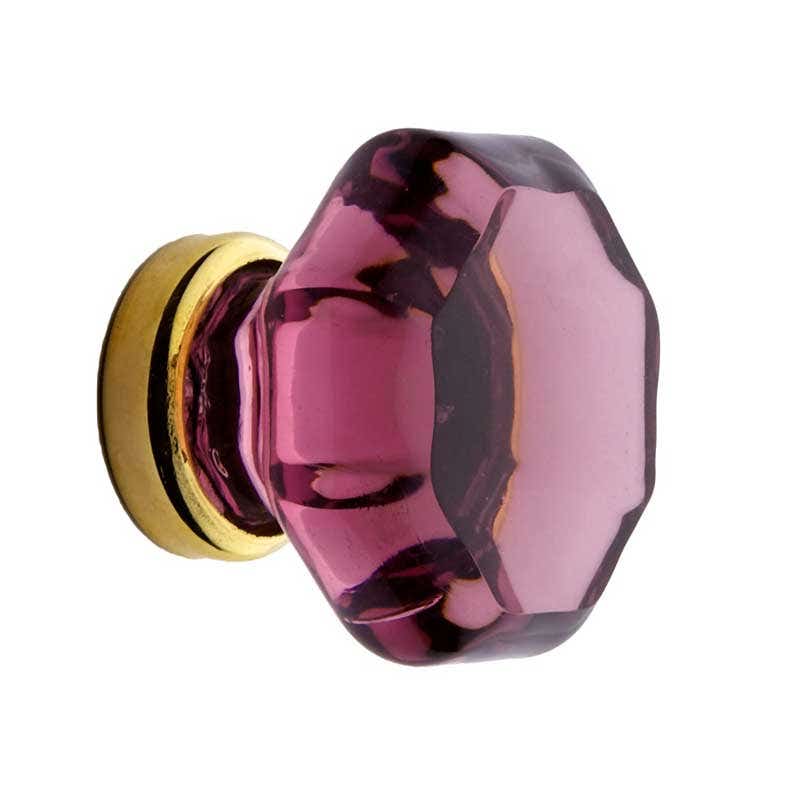
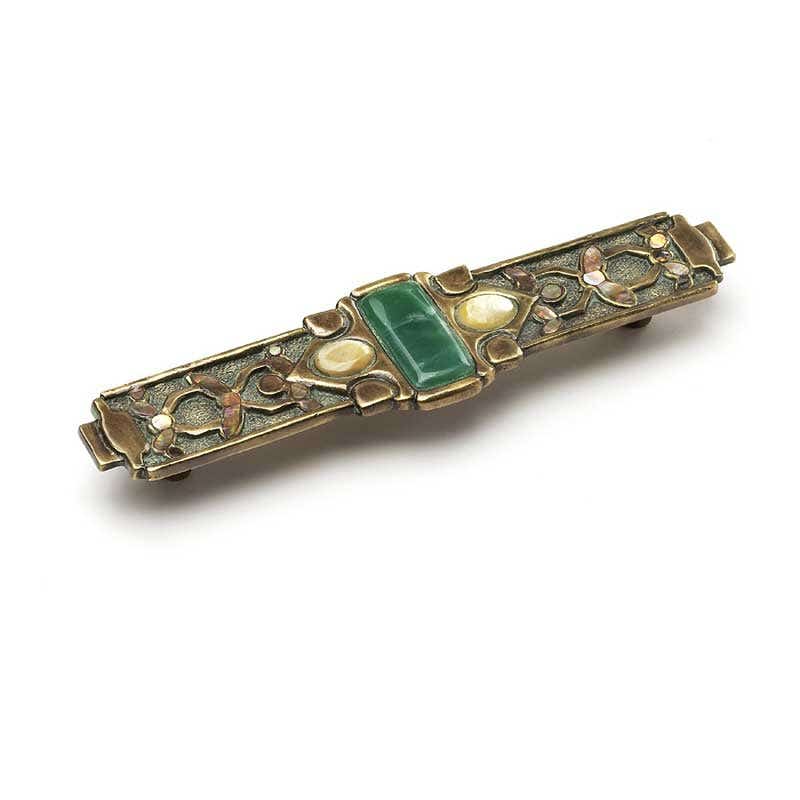
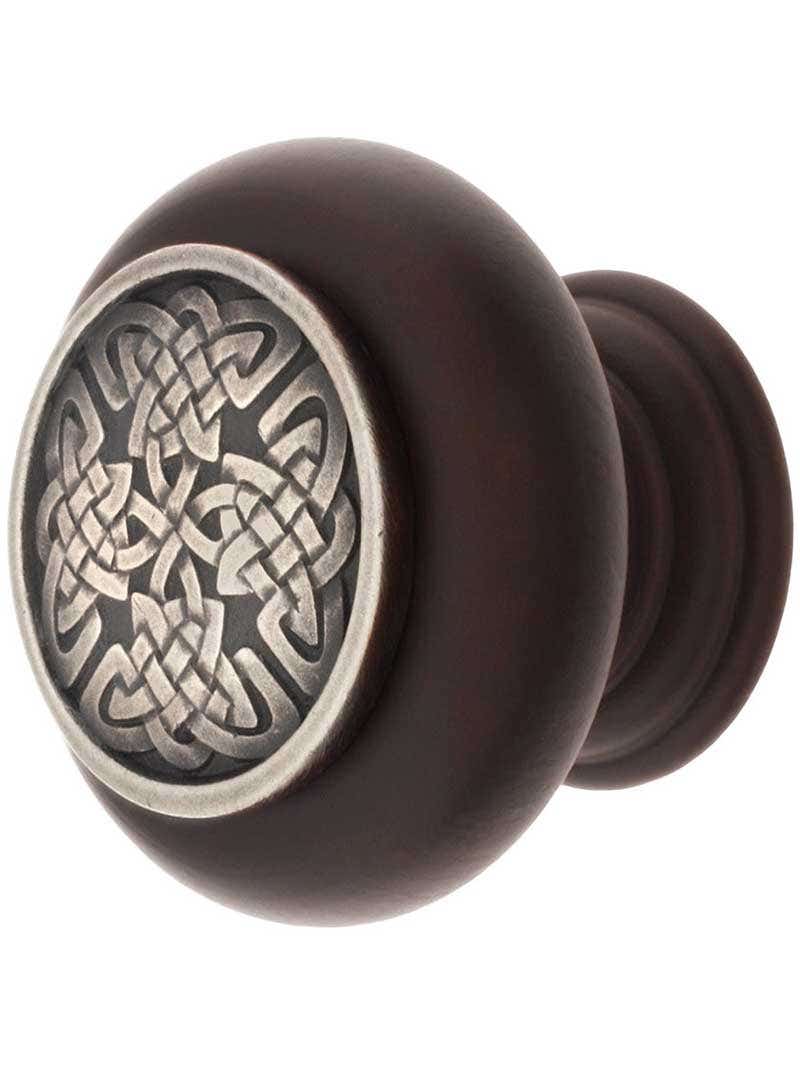
As with knobs, the drawer pull can be simple or decorative. The counterpart to the glass knob is the bridge pull, with fluted-knob shapes for the mounts. Pulls are especially diverse in metal: Styles range from minimally shaped rectangles to miniature branches to enameled bars encrusted with semi-precious stones.
Exposed hinges tend to be utilitarian, but since there are so many types—surface, offset and half-mortise, strap—the shapes get interesting. A ubiquitous surface hinge for kitchen cabinets is the butterfly hinge; at least half a dozen period variations are still made. Offset and mortise hinges borrow details from surface hinges. Owing to their length and versatility, strap hinges range from rustic iron styles (much like colonial strap hinges of the bean and spear variety) to hand-wrought works of art.
Mary Ellen Polson is a creative content editor and technical writer with over 20 years experience producing heavily illustrated know how and service journalism articles, full-length books, product copy, tips, Q&As, etc., on home renovation, design, and outdoor spaces.








